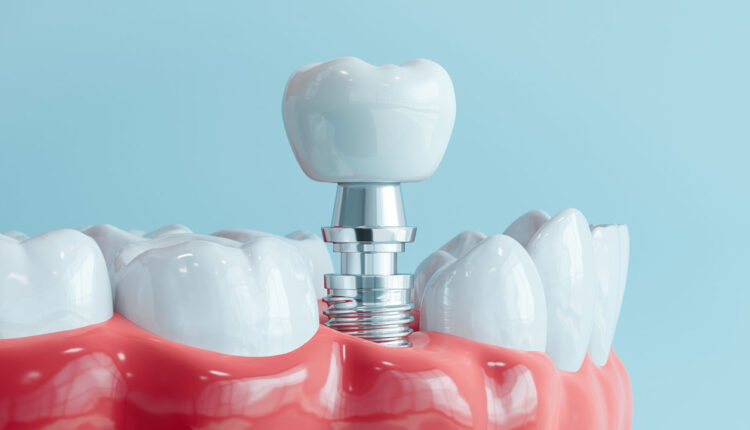
PRF Boosts Bone and Soft Tissue Healing in Implant Dentistry
Platelet-rich fibrin (PRF) enhances osseointegration by stimulating bone growth and improving implant stability. It also accelerates soft tissue healing, leading to better gingival health and long-term implant success.
Incorporating platelet-rich fibrin (PRF) into implant dentistry offers clinicians a biologically driven method to improve both hard and soft tissue outcomes. One of the primary benefits of PRF in implant dentistry is its ability to enhance osseointegration.1 PRF provides a scaffold for new bone growth and delivers essential growth factors that stimulate osteoblast activity. Studies have demonstrated that the application of PRF around dental implants can significantly increase bone-to-implant contact, thereby improving the stability and integration of the implant into the surrounding bone.
PRF has also been shown to accelerate soft tissue healing around dental implants. The fibrin matrix in PRF acts as a scaffold for cell migration and proliferation, promoting the formation of new blood vessels and connective tissue. This results in faster wound healing and improved gingival health, which is crucial for the long-term success of dental implants.2
By supporting rapid healing and stronger integration, PRF is proving to be a valuable adjunct for achieving predictable, long-term implant success.
References
- Ivanovski S, Lee RSB, Fernandez-Medina T, Pinto N, Andrade C, Quirynen M. Impact of autologous platelet concentrates on the osseointegration of dental implants. Periodontol 2000. 2025;97:271-286.
- Strauss FJ, Stähli A, Gruber R. The use of platelet-rich fibrin to enhance the outcomes of implant therapy: A systematic review. Clin Oral Implants Res. 2018;29 Suppl 18:6-19.
This originally appeared in Luan KW, Narvekar A. Unlocking the regenerative power of platelet-rich fibrin. Decisions in Dentistry. 2025;11(2):40-45.

